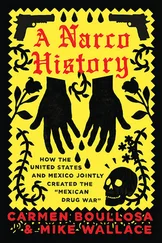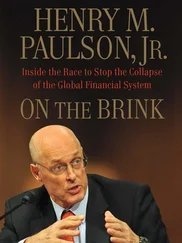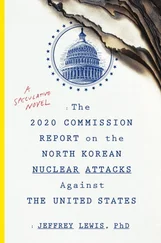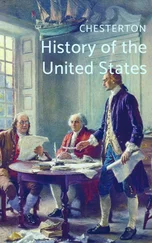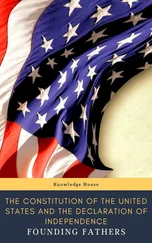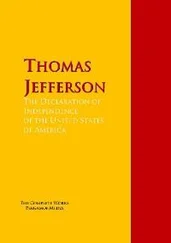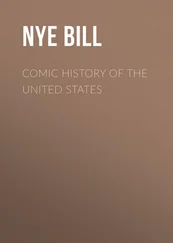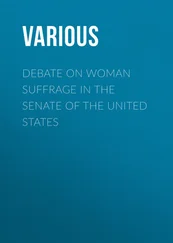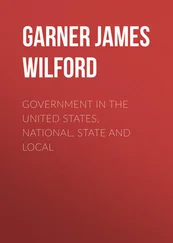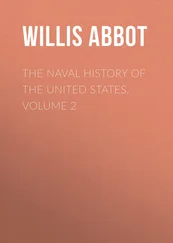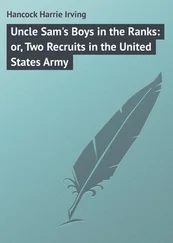Luckily for the president, his attorney general, William Barr, had already begun planting the seeds to delegitimize the Russia investigation, and all the investigations undertaken to assert the primacy of the law, reaffirm Madison’s separation of powers, and contain the power of a heedless president. And now, the institutional prerogatives having run their course, Barr set out to use the power of the Justice Department to counterattack. The giant machine, now in reverse.
Here’s how it would go.
Prior to taking over as Trump’s attorney general, and in the opening months of the job, Barr began to drop hints about his view of the Russia investigation.
In the fall of 2017, he told the Times that he saw more reason for the Justice Department to investigate Hillary Clinton for her alleged involvement in a uranium deal that was approved during her tenure in the State Department—a conspiracy pushed by the author Peter Schweizer of Clinton Cash fame—than there was reason to investigate alleged collusion between Trump and Russia.
As attorney general, after he cleared Trump of the wrongdoing found in the Mueller report, Barr told a Senate Appropriations subcommittee in April 2019 that he believed the FBI had engaged in “spying” on the Trump campaign in 2016—providing institutional credibility to Trump’s attacks on the intelligence community, FBI, and Obama administration.
“I think spying on a political campaign is a big deal,” Barr said. “I am going to be reviewing both the genesis and the conduct of intelligence activities directed at the Trump campaign during 2016.”
The next month, we reported that Barr had called on John H. Durham, the U.S. attorney for Connecticut who Sessions had asked back in 2017 to investigate Comey for leaking, to investigate the early days of the Russia probe and determine whether the FBI and intelligence community had overstepped their authority during the Russia investigation.
Two months later, the president thought so much of Barr’s willingness to help him that he asked the Ukrainian president to coordinate the investigations Trump wanted with Barr.
By October, Barr himself was traveling the globe and looking into the origins of the Russia investigation. He traveled to Italy twice to talk to officials about a meeting that happened there between George Papadopoulos, the Trump campaign aide, and a Maltese professor who Trump’s allies believe is an intelligence asset.
In January, the Times reported that Comey was under investigation for a years-old leak of classified information.
Then, in February, Barr took his most audacious act as attorney general up to that point. Prosecutors who had won a conviction against Roger Stone for lying to Congress and witness tampering were preparing to sentence him. The prosecutors—including one left over from Mueller’s office—recommended Stone receive a seven- to nine-year sentence. Around 2:00 on the morning after the sentencing, Trump tweeted that the original recommendation was “very unfair” and a “miscarriage of justice.” Hours later, Barr overruled the prosecutors and, with the special counsel’s office gone, went to court to have the sentencing recommendation significantly lowered. The prosecutors who had worked on the case quit in protest.
Stone was ultimately sentenced to just over three years in prison, leaving only one major Mueller case pending: Flynn. Flynn had pleaded guilty in December 2017. But he had still not been sentenced. He had switched lawyers and then told the court he wanted to renege on his guilty plea. Members of Mueller’s team who watched this unfold thought that Flynn was trying to make a case for Trump to pardon him.
In April, Trump fired Michael Atkinson—the inspector general who had kicked off impeachment by sending the whistleblower complaint to Congress.
But then in May, Barr did Flynn something even better than a pardon. He decided the Justice Department would ask the judge to drop the Flynn prosecution altogether. In response to the move—but before it was publicly announced—the lead prosecutor against Flynn, who had been a member of the Mueller team, withdrew from the case in protest.
“People sometimes plead to things that turn out not to be crimes,” Barr said after the Justice Department asked for the case to be dropped, arguing his move was a step to “restore confidence in the system.”
By asking the judge to drop the Flynn case, Barr was finally accomplishing what Trump had asked Comey to do on the twenty-sixth day of his presidency. “I hope you can see your way clear to letting this go, to letting Flynn go,” Trump had said back in February 2017. Now Barr had.
Several years ago, when I wrote the story of Trump’s appeal to his FBI director, a sense of emergency had come over the capital, and a special counsel had been summoned. Three years later, Trump’s new attorney general had granted his request.
The president had bent Washington to his will.
In memory of my cousin Marine Corps Lance Cpl. John Taylor Schmidt III. He was born nineteen days before me. Like far too many of my generation, he paid the ultimate price on the battlefield in the years after the attacks of September 11, 2001.
ACKNOWLEDGMENTS
TO COMPLETE THIS PROJECT, I had to stand on the shoulders of many colleagues, friends, and family. Without them, I’m unsure I would have finished the book.
First, I want to single out my researcher and co-pilot for the past two years, Matt Cullen. Every step of the way, Matt kept this project on track. Matt learned the subject matter we covered in this book as well as anyone else. He developed a nearly encyclopedic knowledge of what documents contained, what our reporting showed, and what we had written in drafts. He looked at every angle of the story with incredible thoughtfulness and perspective. Matt is a promising young journalist, and I can’t wait to see what he does in the years to come.
I want to thank my dear friend Wyatt Lipman for the countless hours he put in with me, talking through what this era meant, what it said about politics and human nature, and how to turn that into a story. His incredible depth of knowledge and sense of story helped me figure out how to tell this tale in a way that gave it a larger meaning. Working this through with him made for some of the most enjoyable moments of writing the book. Wyatt is a great, loyal friend, and I’ll forever be indebted to him for his help.
I’m incredibly grateful to my cousin Aaron Cohen, who helped me try to think like a book author and turn my reporting into something larger. He told me to keep writing and everything else would fall into place. It sounds like simple advice, but it was essential and helped get me home.
One of the great cheerleaders of this project was my friend and Times colleague Jason Stallman. Even when my drafts made little sense, he read them, gave me great feedback, and told me that what I had was great. He’s an incredible editor, and I hope I get to work for him in the years to come.
I’m especially appreciative to my agent, Gail Ross, who reached out to me, told me that I needed to write a book, gave me guidance on how to do it, and made sure that it got done. Gail was a calming presence who made sure the project stayed on track, pushed me when needed, and listened when I was lost. Working with her was a highlight of this experience. I also want to thank her partner, Howard Yoon, who played a big role in helping me come up with what this book could look like. His early guidance put this on the right path.
I am incredibly grateful for the relationship I’ve developed with my publisher, Random House. Andy Ward, Tom Perry, and Mark Warren are three of the great pros and mensches of the world. Mark’s editing of the book elevated and streamlined it in ways I never could have imagined. He made me a better reporter and storyteller, and forced me out of my comfort zone to find new ways to see this story. I’ll forever be indebted to him for that and his time and patience. And speaking of professionalism and patience, I am also very grateful to our copy editor, Ingrid Sterner, for improving this book when it mattered most. I am deeply grateful for Random House legal counsel Matthew Martin for the care and insights that he brought to this book. An enormous thank-you as well to Carlos Beltrán for designing the powerful and arresting cover. Our publicist, Greg Kubie, and our marketer, Ayelet Gruenspecht, were all-in on this book, and complete this amazing team.
Читать дальше

